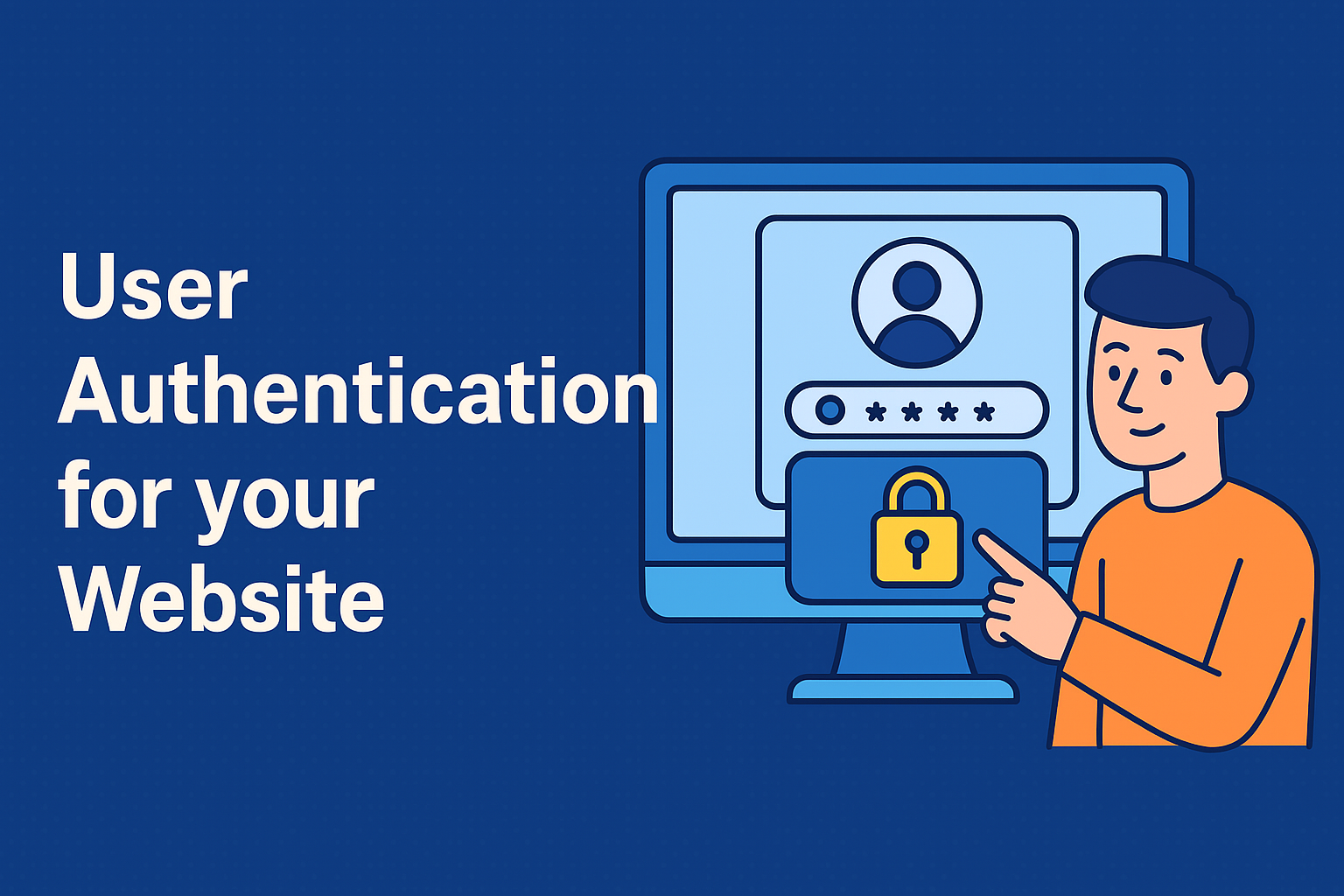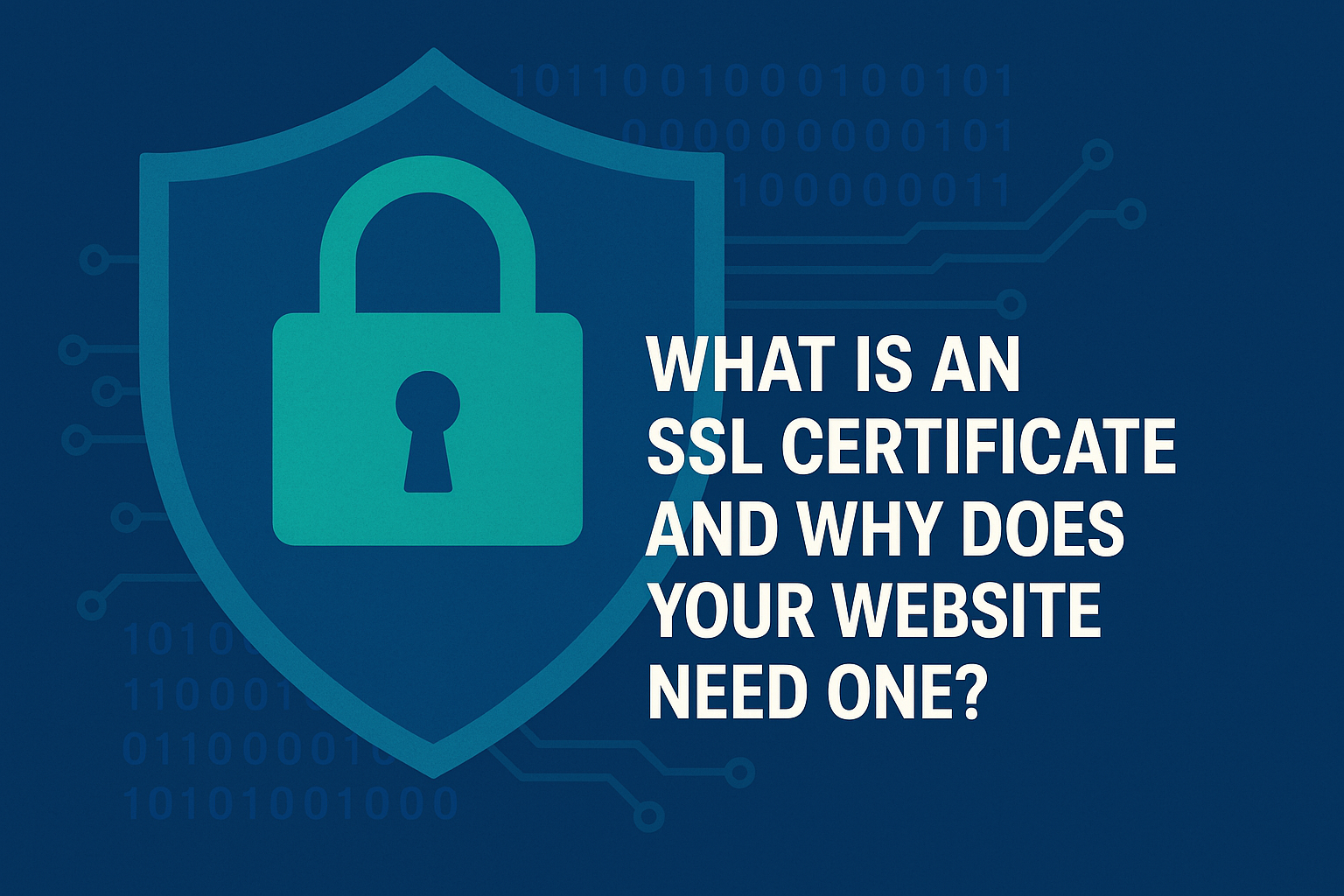User authentication is no longer a luxury feature for websites — it’s a necessity. Whether you run an eCommerce store, a membership-based platform, or a service portal, securing user access is essential to protecting sensitive data and building trust. Authentication is the front door to your digital property, and if it’s left unlocked or poorly constructed, it becomes an easy target for attackers.
What is User Authentication?
User authentication is the process of verifying the identity of users before granting them access to restricted parts of your website or app. This typically involves asking for a username and password, but modern systems increasingly rely on multi-factor authentication (MFA), biometric data, or single sign-on (SSO) solutions. Authentication ensures that the person accessing your service is actually who they claim to be.
There are three primary types of authentication factors: something the user knows (like a password), something the user has (such as a phone or token), and something the user is (biometrics like fingerprints or facial recognition). Best practices encourage the use of two or more factors to reduce the chances of unauthorized access.
Why Authentication Matters for Security
Weak or absent authentication mechanisms are one of the top reasons for data breaches. According to the 2023 Data Breach Investigations Report by Verizon, over 80% of hacking-related breaches involved stolen or weak credentials (source). Implementing a robust authentication process helps prevent credential stuffing, brute-force attacks, and unauthorized data access.
Authentication is also critical for meeting compliance standards. If your business handles user data from regions governed by laws like GDPR, HIPAA, or CCPA, secure user authentication is often a legal requirement. Not having proper controls in place could result in fines and reputational damage.
Practical Steps to Implement User Authentication
To start, use HTTPS to ensure encrypted communication between your users and your server. Without HTTPS, credentials can be intercepted in transit. You can get free SSL certificates from services like Let’s Encrypt.
Next, choose a reliable authentication library or framework that suits your tech stack. For PHP, libraries like Laravel Breeze or Symfony Security offer built-in authentication systems. For Node.js, Passport.js is a flexible middleware option. In Python environments, Django has an extensive authentication module out of the box.
Hash all passwords before storing them in your database. Never store plain-text passwords. Use strong hashing algorithms such as bcrypt or Argon2, which add salt and make brute-force attacks more difficult. Additionally, enforce strong password policies and limit login attempts to mitigate automated attacks.
Add multi-factor authentication as an option, even if it’s not mandatory. Services like Authy or Google Authenticator provide simple integrations and significantly boost security by requiring a second factor during login.
Finally, educate your users. Encourage the use of password managers like Bitwarden or 1Password, which help users generate and store complex, unique passwords for every account.
Balancing Security with Usability
Too many security layers can frustrate users and drive them away. Aim for a balanced approach. Single sign-on systems using OAuth providers like Google or Facebook can simplify the user experience while maintaining a high level of security. Progressive authentication — starting with a simple login and requesting more verification only when needed — is another effective strategy.
Always provide users with a secure way to reset their passwords, and include account activity logs to let them review recent logins or suspicious behavior.
Secure Your Website Today
User authentication is the foundation of web security. It protects your users, your content, and your business from a wide range of threats. Investing in a secure, scalable authentication system is not just good practice — it’s essential for the future of your digital presence.
If you need help implementing secure user authentication on your website, Web Roots is here to assist. Our team can help you design and deploy a secure system tailored to your platform. Contact us today to make your website safer for everyone who uses it.






